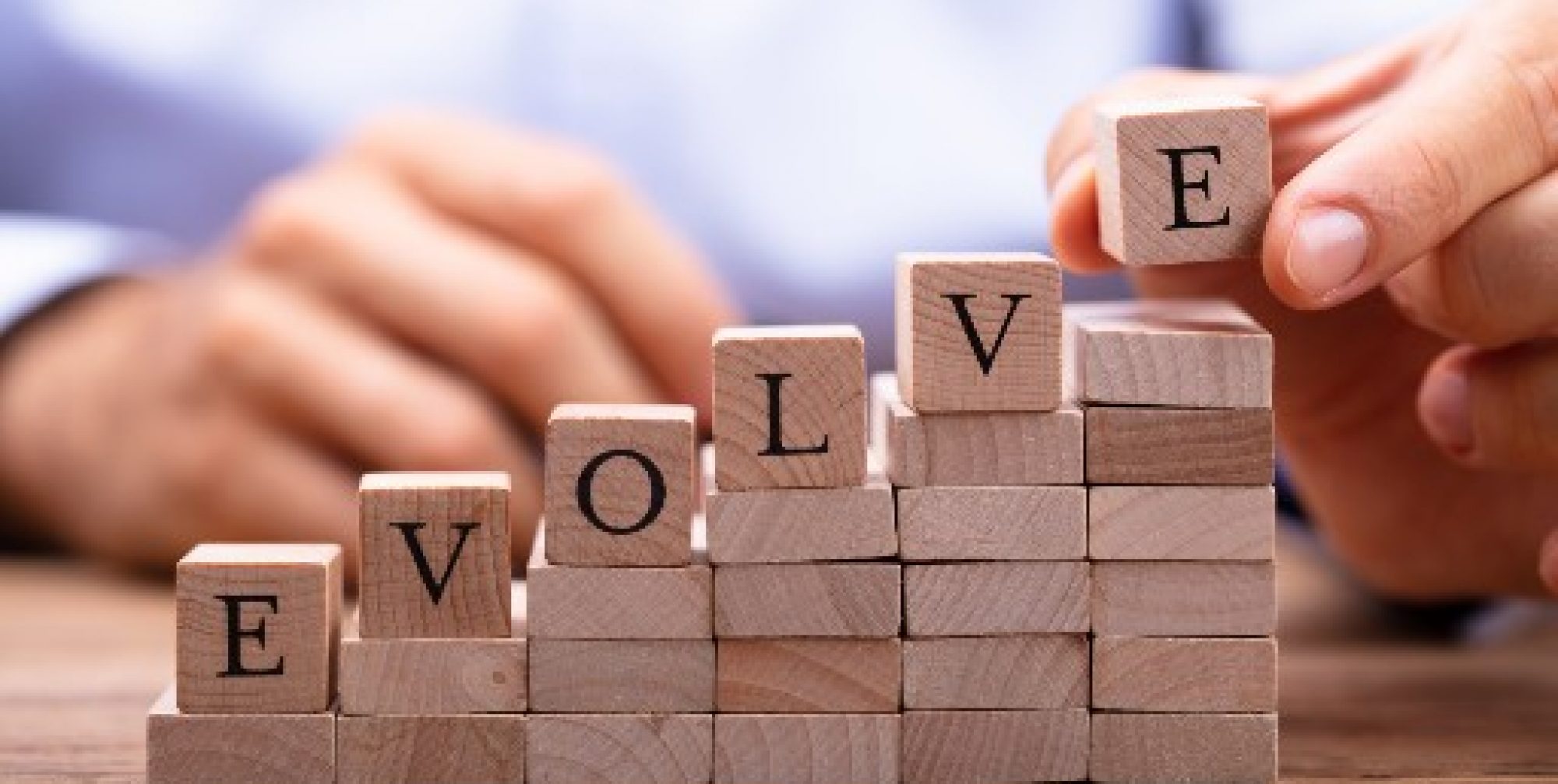Introduction:
At the intersection of mental health and addiction, individuals and their families face a unique set of challenges. This in-depth guide is tailored to clients and their loved ones, aiming to provide a profound understanding of dual diagnosis and integrated treatment – a path towards comprehensive healing and lasting recovery.
Table of Contents:
- Understanding Dual Diagnosis: The Complexity Within
- Defining dual diagnosis: Dual diagnosis is a term used when individuals grapple with both addiction and mental health disorders, creating a complex interplay.
- Recognizing the prevalence: Understand that co-occurring disorders are not uncommon, and it’s essential to identify and address both issues.
- The Interplay of Mental Health and Addiction: Navigating Two Battles
- The self-medication hypothesis: Clients often turn to substances as a way to self-medicate emotional pain or alleviate mental health symptoms.
- The exacerbation effect: Substance use can exacerbate existing mental health conditions, while mental health issues can drive addiction.
- Integrated Treatment Approach: Bridging the Gap
- Defining integrated treatment: Integrated treatment combines addiction and mental health services into a unified approach, recognizing the intricate relationship between these disorders.
- The benefits of integrated treatment: Integrated care offers a more holistic, effective, and personalized recovery journey.
- Types of Integrated Treatment: Tailoring to Individual Needs
- Simultaneous treatment: In this approach, both addiction and mental health disorders are addressed at the same time, often with a specialized treatment team.
- Sequential treatment: Treatment is provided in stages, with the primary disorder addressed first, followed by the secondary disorder, allowing for a more structured approach.
- Therapeutic Approaches for Dual Diagnosis: Healing the Mind and Body
- Cognitive-Behavioral Therapy (CBT): CBT is a valuable tool for dual diagnosis clients, helping them manage addictive behaviors and address negative thought patterns.
- Dialectical-Behavior Therapy (DBT): DBT focuses on emotional regulation and interpersonal skills, particularly beneficial for dual diagnosis individuals dealing with mood disorders.
- Motivational Enhancement Therapy (MET): MET aims to enhance motivation and commitment to recovery, making it a valuable tool for individuals with dual diagnosis.
- Medication-Assisted Treatment (MAT) for Dual Diagnosis: Balancing the Brain Chemistry
- Medication for addiction: MAT may include medications like buprenorphine or naltrexone to manage cravings and withdrawal symptoms.
- Medication for mental health: Medications such as antidepressants or mood stabilizers can be used in conjunction with addiction treatment to help balance brain chemistry.
- The Role of Support Systems: Strength in Unity
- Family support: The essential role of family members in the recovery process, including providing a stable home environment and understanding the unique challenges of dual diagnosis.
- Peer support: Support groups like Dual Recovery Anonymous (DRA) offer a community of individuals who understand the complexities and can provide empathetic guidance.
- Personalized Treatment Plans: Crafting the Journey
- Assessment and diagnosis: The importance of thorough assessments to identify the specific disorders and needs of the individual.
- Customized care: Developing a personalized treatment plan that addresses the unique challenges, strengths, and goals of the client.
- Recovery Milestones and Expectations: The Journey Beyond
- Setting realistic goals: Establishing achievable milestones in both addiction recovery and mental health stabilization, recognizing that progress may be gradual but is nonetheless significant.
- Patience and self-compassion: Encouraging clients to be patient with themselves, to recognize that the path to recovery can be challenging, and that setbacks are a part of the journey.
- Preventing Relapse in Dual Diagnosis: A Continuous Effort
- Relapse prevention strategies: Identifying and managing triggers for both mental health symptoms and cravings, including developing strategies to navigate high-risk situations.
- Emergency plans: Creating crisis plans and compiling an emergency contact list to ensure immediate support is readily available during relapse or mental health crises.
- The Family’s Role in Dual Diagnosis Recovery: The Power of Understanding
- Education and understanding: Encouraging family members to learn about dual diagnosis, the challenges their loved one faces, and how they can support the recovery journey.
- Self-care: Emphasizing the importance of family members taking care of their well-being, setting boundaries, and seeking support for themselves.
- Navigating the Journey: The Road to Holistic Healing
- Acceptance: Recognizing that managing dual diagnosis can be a lifelong journey, and seeking ongoing support is not only essential but commendable.
- Advocacy: Empowering clients and their families to be advocates for their own care, ensuring they receive the integrated treatment they need and deserve.
- Conclusion
- Recap of key takeaways: Dual diagnosis and integrated treatment provide hope for clients and their families dealing with both addiction and mental health disorders, offering a comprehensive path to healing and recovery.
- Encouragement to seek help: Encouraging clients and their families to reach out for support, knowing that with the right approach and steadfast commitment to recovery, healing is attainable, and a brighter future awaits.
This comprehensive guide aims to empower clients and their families with the knowledge, strategies, and hope needed to navigate the complex journey of dual diagnosis and integrated treatment. By embracing a holistic approach to dual diagnosis, individuals can embark on a path toward holistic healing, renewed mental health, and lasting
